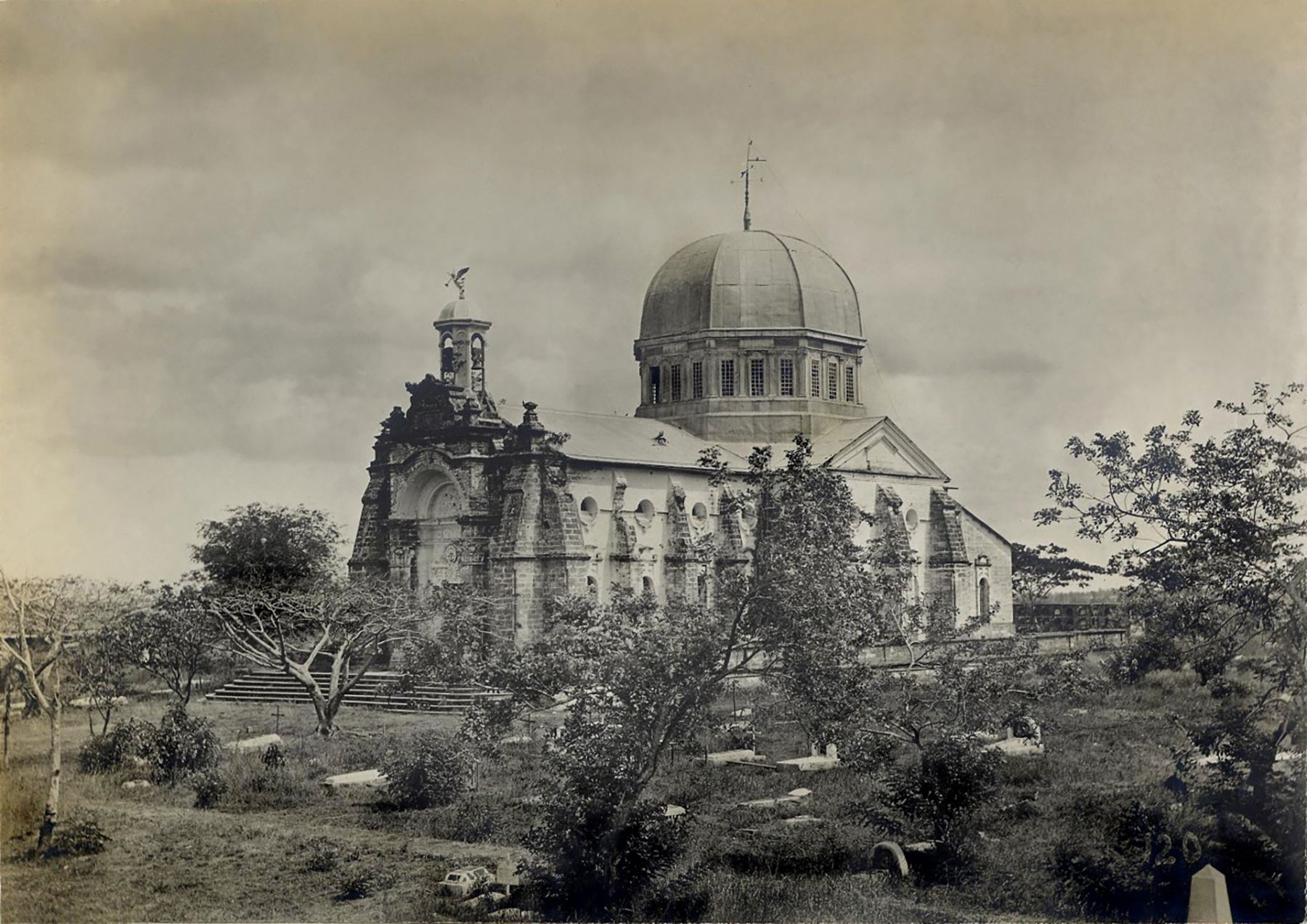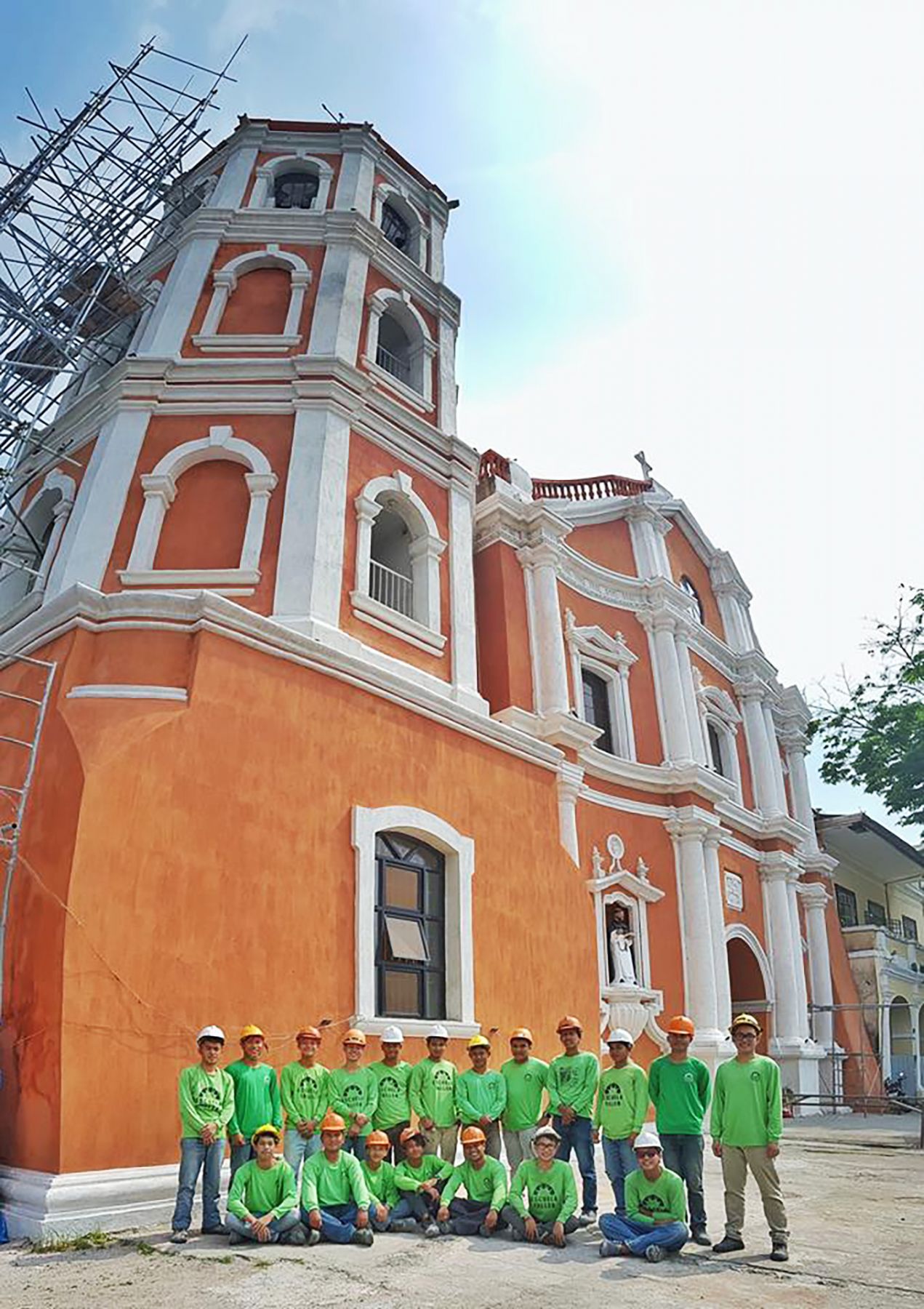This cultural institution teaches young, underprivileged yet immensely talented artisans the ways of our forefathers in preserving not just our heritage structures but our Filipino identity
Heritage conservation requires experts in the fields of architecture, engineering, history and art. Another demographic, not often mentioned, likewise has a great potential to contribute to this process: the youth.
This section of society is the reason why Escuela Taller de Filipinas (formerly, de Intramuros) was established.
Starting its operations in 2009, Escuela Taller adopted the mission to teach younger generation the artistry and craftsmanship of our forefathers in built structures with the aim of breathing new life into the ruins of the past. Based in Spain and Latin America, the international programme of Escuela Taller reached the Philippines through the cooperation of our own cultural institution and of Spain’s, the National Commission for Culture and the Arts (NCCA) and Agencia Española de Cooperación Internacional para el Desarollo (AEICD), respectively.

“Our mission is to empower and transform the Filipino out-of-school youth into protectors of our cultural and historical heritage properties,” said the architect Tina Bulaong, executive director of Escuela Taller de Filipinas Foundation, Inc. “In doing so, we are also contributing towards the proper conservation of these important cultural assets, including our old houses, historic monuments and landmarks, colonial churches and civic buildings, cemeteries and so on.”
To better contribute to the development of both the Filipino youth and heritage conservation, Escuela Taller was transformed into a non-stock, non-profit private civil society organisation in 2013. Despite being sustainable, the institution still faced trials along the way.
“Our biggest challenge is to help raise the awareness of the general public about the importance of capacity building among the Filipino youth and how the proper conservation of Philippine tangible heritage contributes to disaster risk reduction and management for heritage structures and sites,” the executive director shared. She added that by imparting the knowledge and skill to the younger generation, more qualified workers who can execute highly specialised interventions and procedures would be hired. To fully realise their vision, Escuella Taller organises international conferences on various topics related to heritage conservation and youth training. Until today, they have been giving lectures, seminars and workshops on culture and heritage together with esteemed educational institutions and organisations.




